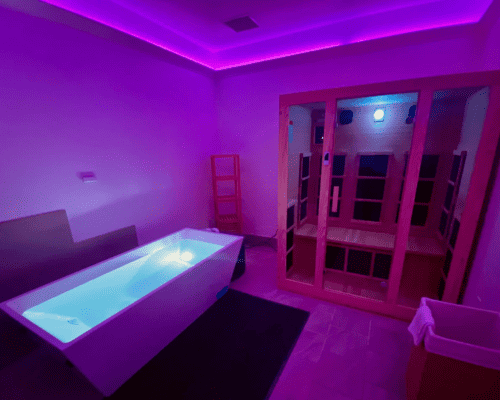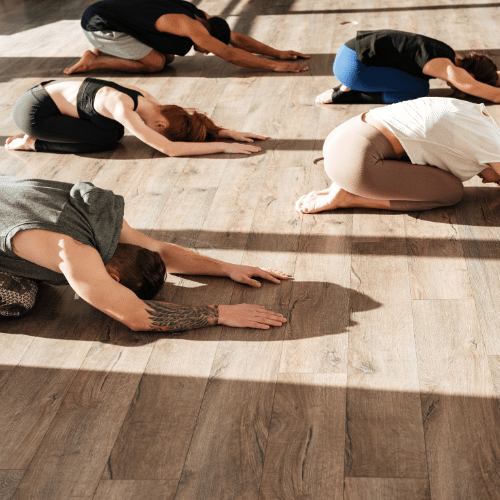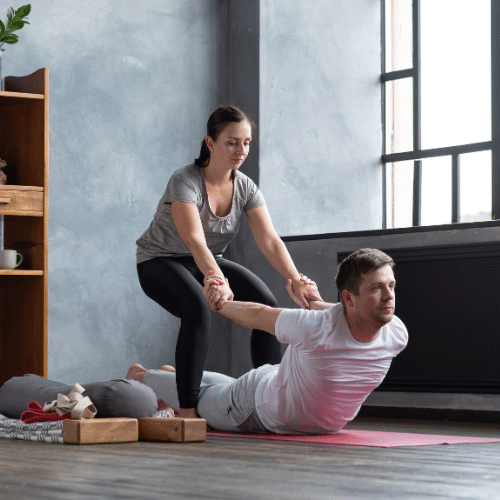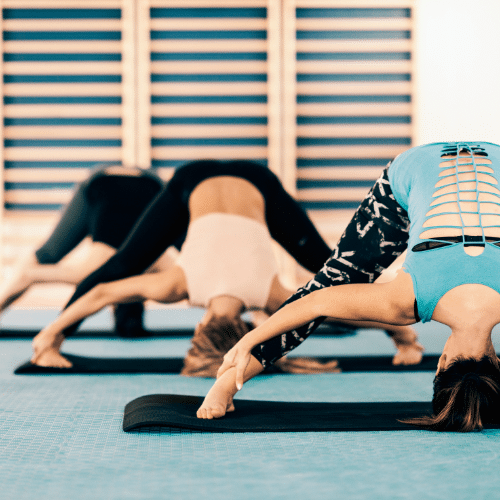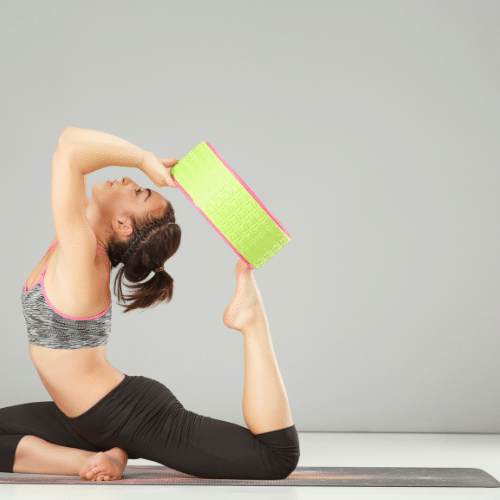Cold plunge therapy has been around for centuries, from ancient Roman baths to modern-day ice baths. The practice involves immersing your body in cold water or exposing yourself to frigid temperatures for a set time. While it may seem like an unpleasant experience, the health benefits of a cold plunge are numerous. The potential benefits are vast, from improving blood flow to relieving muscle soreness. This article will explore the advantages of cold plunge therapy and how it can help improve your physical and mental well-being.
What Is a Cold Plunge?
Cold plunges have become a popular form of cold therapy in recent years, with people extolling their potential benefits for both physical and mental well-being. But what exactly is a cold plunge?
Simply put, a cold plunge is a form of cold water immersion. It involves submerging the body in a tub or pool of water kept at a very low temperature – usually between 45 and 60 degrees Fahrenheit. The goal of a cold plunge is to expose the body to this extremely cold water for a short time, causing several physiological responses.
While cold plunges can be done in a standalone tub or pool, they are often associated with saunas or hot tubs. The idea is to alternate between the extreme heat of a sauna or hot tub and the extreme cold of a cold plunge, creating a contrast therapy that is believed to have various health benefits.
The initial shock of submerging the body in frigid temperatures can be pretty intense, and it’s not uncommon for people to gasp or feel discomfort. However, many people report a feeling of invigoration and energy after a cold plunge, which is why it has become a common practice in certain circles – particularly among athletes and fitness enthusiasts.
Some potential benefits of regular cold plunges include improved circulation, reduced muscle soreness, increased energy levels, and even weight loss. There is also evidence to suggest that cold water exposure can positively impact mental health, with some studies indicating that it may help alleviate symptoms of depression and anxiety.
Overall, while a cold plunge may not be the easiest or cheapest option for achieving better health, many people find it a powerful tool for improving physical and mental well-being.
12 Benefits of Cold Plunging
Cold plunging is a practice that has been around for centuries, and it has recently gained popularity as a form of contrast therapy. While some people are hesitant to try this practice because of the initial shock of the cold water, there are numerous benefits to be gained from regular cold plunging. Here are 10 of the top benefits:
1. Improved Circulation: When the body is exposed to cold water, blood vessels constrict, reducing blood flow. However, blood vessels dilate when the body is removed from the cold water, increasing blood flow. This process can improve circulation and oxygen flow throughout the body.
2. Improved Focus and Concentration: Immersing in cold water can help to stimulate the body’s alertness, resulting in improved focus and concentration. This can benefit individuals who suffer from mental fatigue or need to stay alert for long periods.
3. Increased Energy Levels: Many people report feeling a surge of energy after a cold plunge. This is because cold water stimulates the sympathetic nervous system, which can increase alertness and energy.
4. Weight Loss: Cold water exposure has been shown to increase metabolic rate, which can help to burn more calories and aid in weight loss.
5. Improved Immune System: Cold water immersion has been shown to increase the production of white blood cells, which can help to boost the immune system and fight off infections.
6. Reduced Stress and Anxiety: Cold plunging has been shown to positively impact mental health, reducing symptoms of stress and anxiety. Cold water can trigger the release of endorphins, which can improve mood and provide a natural high.
7. Decreased Inflammation: Cold water immersion has been shown to reduce inflammation and swelling in the body, making it a valuable tool for those with chronic pain or inflammatory conditions.
8. Improved Sleep: Endorphins from cold water exposure can help improve sleep quality and promote relaxation.
9. Reduced Risk of Heart Disease: Cold water immersion has been shown to positively impact heart health, reducing blood pressure and heart rate.
10. Fitness and Performance Enhancement: Cold water immersion has been shown to improve athletic performance by increasing muscle strength and endurance. It can also help to reduce fatigue which can improve workout recovery.
11. Improved Mobility: Cold water immersion can help to reduce stiffness and improve flexibility, making it beneficial for athletes or those with joint pain. The cold temperature helps to reduce inflammation, allowing for easier movement of the joints.
12. Skin Health: Cold water immersion can help improve skin health by stimulating circulation and promoting collagen production. This can lead to improved skin texture, tone, and elasticity. Furthermore, cold water can help to reduce breakouts and inflammation, making it beneficial for individuals with sensitive skin.
Overall, cold plunging can provide numerous benefits for physical and mental health. While it may take some getting used to, the benefits are well worth it for those willing to try it.
Cold Plunge FAQs
1. How long should you stay in a cold plunge?
The duration that one should stay in a cold plunge can vary depending on individual factors such as age, health, and tolerance for cold temperatures. Typically, starting with a shorter duration of around 30 seconds to 1 minute is recommended, and gradually increasing the time as your body becomes more accustomed to the cold water. It is essential to listen to your body and not stay in the cold plunge for too long, as it can lead to hypothermia. It is always advisable to consult with a healthcare professional before starting any new cold therapy regimen.
2. How much of your body should be submerged during a cold plunge?
During a cold plunge, submerging at least your entire torso, including your chest and shoulders, is recommended. However, some people may choose to submerge their entire body, including their head, for a more intense experience. It is important to note that cold plunges can be dangerous if not done correctly, so starting with shorter durations and gradually increasing the time spent in the cold water is essential. It is also recommended to have a support person nearby.
3. How often should you cold plunge?
The frequency of cold plunging depends on individual preferences and physical condition. Some people may choose to cold plunge daily, while others may do it once or twice weekly. It is essential to listen to your body and not push yourself too hard, especially if you are new to the practice. Cold plunging can have many benefits, but consulting with a healthcare professional before starting any new therapy is essential.
In conclusion, cold plunging may seem intimidating at first, but the benefits are undeniable. Taking the plunge can transform your health and well-being from improved immune function to reduced inflammation, increased energy, and even better sleep. So why not give it a try? In the end, you may just find that the cold is your new best friend.
If you’re looking for a safe space to try out cold plunging, visit us at Zuda Yoga; we have a state-of-the-art cold plunge tub! We also have an infrared sauna if you’re interested in contrast therapy.


